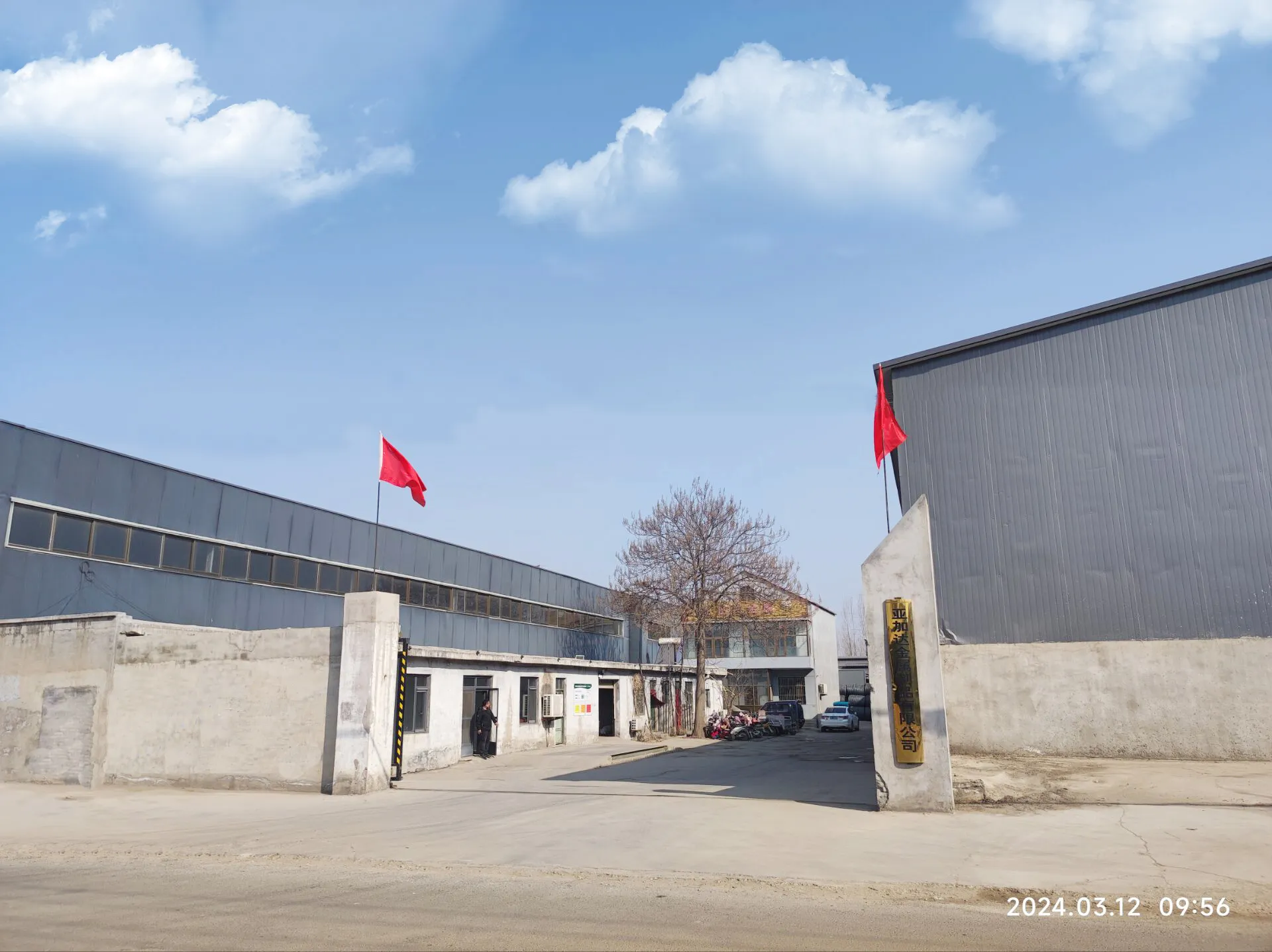

Driving Screws with Expertise When it comes to installing the screws, precision is paramount. The screwdriver setting on the drill should be adjusted to avoid over-driving, which can tear the drywall paper surface, or under-driving, which results in an impractical finish for taping and mudding. Each screw head should be slightly recessed below the surface of the drywall, ensuring a smooth, seamless surface upon the completion of taping and mudding. Reinforcing Structural Integrity and Finishing Touches For walls that might experience extra stress, such as those in high-traffic areas, consider reinforcing the drywall with additional screws around these sections. After securing the drywall panels, inspect for any protruding screws or paper tears which might affect the smoothness once painted or finished. A final pass with a drywall taping knife over screw heads to apply joint compound will conceal imperfections and create a uniform surface. Safety Precautions and Long-term Maintenance Always wear appropriate safety gear such as goggles and gloves to protect against dust and accidental contact with power tools. After installation, periodically check drywall for any signs of screw popping or movement, which might indicate structural shifts or improper initial installation. Regular maintenance can prevent small issues from developing into major structural problems. With this comprehensive guide, the process of installing drywall screws becomes a straightforward task that, when done correctly, helps enhance the durability and appearance of a structure. By employing these expert-driven strategies, you ensure that each screw not only serves its functional purpose but also contributes to the overall integrity and aesthetic of the interior space, aligning perfectly with contemporary standards of excellence in drywall installation.

















